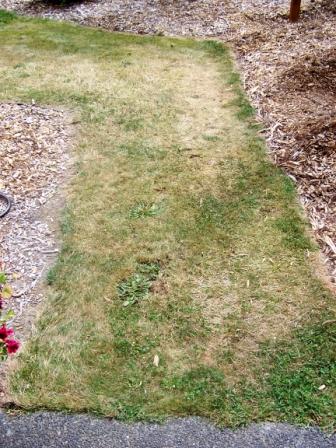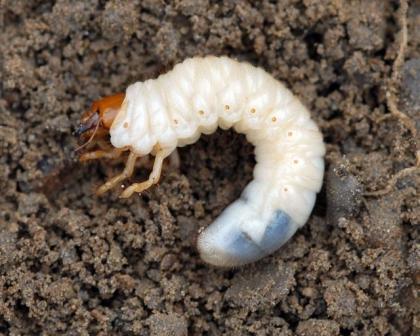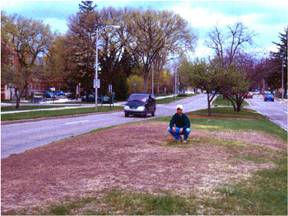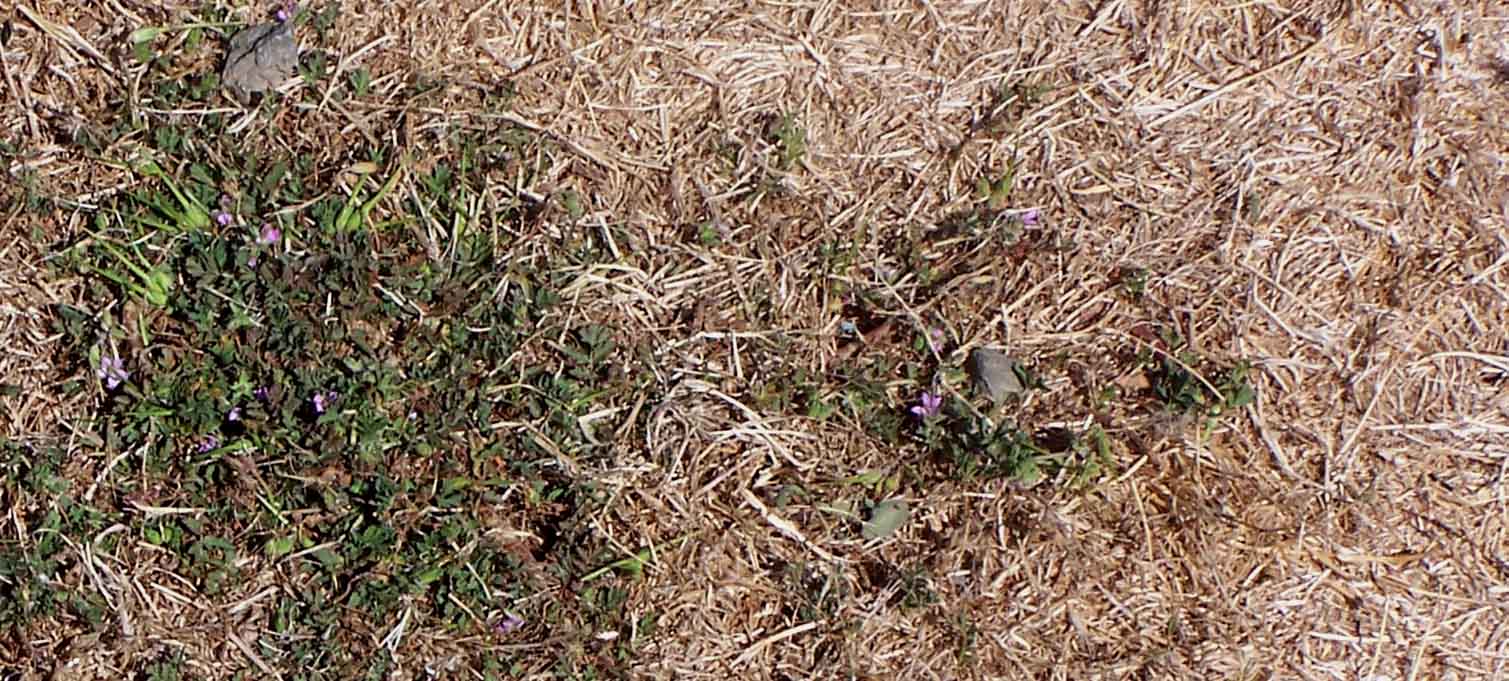An acquaintance of mine (not coincidentally, an irrigation supplier) brought to my attention a recent editorial from USA today by Laura Vanderkam, entitled ‘’Out of Fashion: Green Lawns.” http://www.usatoday.com/news/opinion/forum/2010-08-17-column17_ST_N.htm?loc=interstitialskip#uslPageReturn The basic premise of the editorial is that we Americans are ruining the environment by maintaining lawns. Now, to be sure, there is plenty of room for improvement in lawn and landscape maintenance, particularly in terms of water management and pesticide use. But, for better or worse, Americans love their lawns. I love my lawn, imperfect though it may be. We’ve got a couple of big oaks in the backyard and I love to lay a blanket in the shade and read a magazine on Sunday afternoon or just doze with the Tigers game on in the background. Love to play croquet and bocce. Love to kick a soccer ball around with my daughter. In the interest of full disclosure, my lawn will not win any awards. At this moment about 75% of my lawn is brown, panting in the heat of our first true summer in several years. I water a small portion of the lawn for the aforementioned croquet/bocce playing, and magazine reading/ Tigers’ game snoozing. For most part, however, I take a lazzez faire attitude to lawn upkeep; I keep a 3” mower height, apply a little bit of Weed-b-Gone every other year in the section nearest the house when the dandelions are ready to drive me to distraction and, if I remember, put down a half rate of fertilizer in the spring. Nevertheless I was taken aback by Ms. Vanderkam’s assertion, “Few parents would light a cigarette at a playground anymore, even if it’s not illegal, and we should start treating the presence of a vast, green, cropped grass lawn in the middle of summer the same way: as a weird and antisocial thing.”

Let the games begin. Mrs. Cregg scores again on the opening day of Cornhole season 2010.
Wierd and antisocial? Really. From May to September, our lawn is the most social part of our place. What’s really needed, and often the hardest to find, is some middle ground. It’s easy to resent people that belong to homeowners associations that require perfect lawns and hire ‘Chemicals R Us’ to maintain their pristine turf. However, lawns and landscapes can provide an array of benefits, some tangible like oxygen produciton and cooler air temperature; and some less tangible, like a perfect croquet shot.. We can, and should, look to reduce water and chemical use on lawns. But Ms. Vanderkam will get me off my John Deere riding mower when she can pry the steering wheel from my cold, dead fingers.
</d






